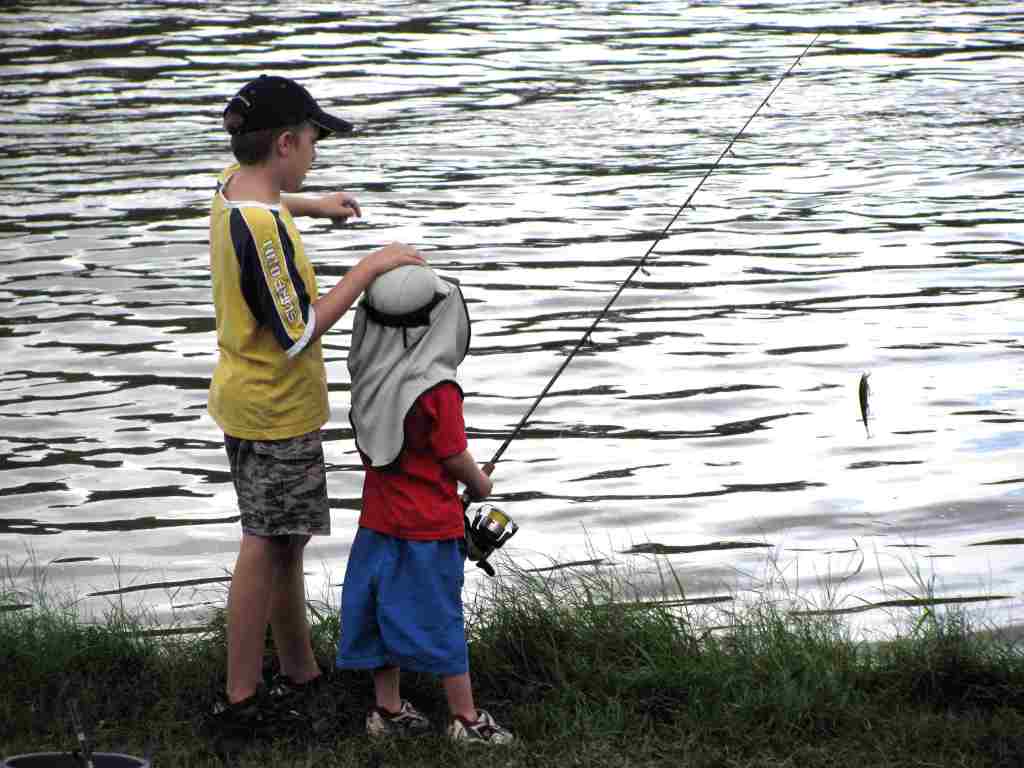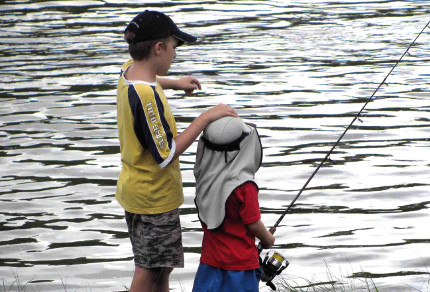As a freelance writer, I’ve sold more than two dozen articles to Ranger Rick, a children’s nature magazine published by the National Wildlife Federation in Washington, D.C. The subject of the first of those articles was a pair of orphaned badger cubs my husband Vilis and I, with help from Michael Gratson, cared for and subsequently released back into the wild in southwestern Manitoba. In order to provide a safe place for the cubs to grow up, we built a large pen having wire mesh walls, floor, and roof in the back yard of an old farmhouse we rented from Manitoba soil conservation pioneer, Sid Ransom. Sid and his wife Winnifred rented the house to us for next to nothing since both Vilis and Michael were doctoral students at the time, and I was their unpaid research assistant.
Each spring, the Ransoms hosted Conservation Day for elementary school students from Boissevain and Deloraine and other towns in the province’s southwest corner. Sid enlisted Vilis and me and Michael and his wife Gretchen to present an outdoor workshop on wildlife. Michael and Gretchen talked to the students about birds, and Vilis and I guided the kids to all kinds of animal sign along a trail leading to a large pond. The sign included deer antlers, a raccoon skull buried in an anthill, chewed twigs, droppings, etc. Most exciting of all for the kids, Vilis planted a semi-tamed, descented striped skunk named Emmy Lou in a box trap near the pond. Screams and speedy retreats accompanied the students’ sightings of Emmy Lou, but when Vilis removed her from the trap and held her in his arms to show her to the children, they were enthralled. Being the sweet-tempered skunk she was, Emmy allowed the students to pet her and feed her kibble Vilis carried in his pocket. Emmy is long dead now, but I’m sure some of those boys and girls who petted her will have related that adventure to their children.
Back to the badgers. When we bottle-fed the cubs in their enclosure, they snarled and yanked on the rubber nipples, trying to pull the bottles out of our hands and down into the burrows they’d excavated in the soil (badgers are diggers by nature, so Vilis and I had removed soil from the pen prior to laying the wire floor, then returned the soil). Later, Vilis buried meat in the soil to encourage the cubs to dig to find food, since, in addition to opportunistically feeding on eggs, nestlings, frogs, etc., badgers dig to unearth rodents like ground squirrels and mice. I frequently watched the badgers from a kitchen window and became familiar with their oval, flattened bodies, massive shoulders and foreclaws and narrow hips, all designed for a life of burrowing. I heard the cubs’ snarls and grunts and hisses and watched the way they moved, with their grizzled fur like a thick cape draped over their bodies. They dug incredibly quickly and powerfully, disappearing into the soil, then poking their heads out to expose dark faces with white cheek patches. At some point in my observations, it occurred to me that kids might like a story about those badgers. So, I wrote one.
Yesterday I visited a rural school in Falmouth, on the edge of the Annapolis Valley in Nova Scotia, and spoke to sweet, enthusiastic students from Primary through Grade 5. I talked about being a wildlife writer, read a couple of exciting stories I had published about lynxes or vampire bats going hunting, and worked with the children to write brief, fun stories.
Again, as so often occurs during my school visits, I was struck by the children’s incredible enthusiasm for animals. When I asked what they would write about if they could choose any wild animal in the world, hands shot up and excited or shy voices told me cheetah, snow leopard, meerkat, frog, lion, giraffe, dolphin, moose, turtle, crab, cobra, black jaguar, platypus, and countless other creatures I can’t recall. When I asked the kids to identify cool Australian animals in photographs Vilis and I had taken during our year in Oz, they keenly supplied the names with few or no hints – koala, kangaroo, Tasmanian devil, platypus, kookaburra, crocodile, and so on. They asked solid questions about animals I’d written about and my writing life. I shared stories of when I’d watched a polar bear hunt seals in the High Arctic, when I’d run my hands over a tranquilized lynx’s soft fur, and how a saltwater crocodile basking on a sandbar had completely disappeared in a murky river, near the boat in which I was birding, causing me to shift a little closer to the boat’s middle and ensure I didn’t hang my arm over the boat’s side. The students ate it up, their eyes shining.

Children: The Future of Conservation (© Magi Nams)
This is where the future of conservation lies, with the children. It’s incumbent upon today’s naturalists to encourage that breathtaking love for the natural world I saw shining in those students’ eyes yesterday. I told the kids how a mother kangaroo produces two kinds of milk, one kind for the tiny pouch baby attached to a teat, and another kind for the joey out of the pouch, but still poking its head in to nurse on a different teat.
In a conservation parallel, the Grade Primary students could be pouch babies embarking on the adventure of learning about the world around them. The Grade 5 students would be more independent joeys outside the pouch, but still reaching in for nourishment as they explore the natural environment in greater depth. The key task for us as adult mentors is to provide plenty of the right milk to lead those children into a lifetime of love and responsibility for the natural world.



Thank you so much for an awesome and engaging visit with our students Magi! It was both interesting and informative. Hearing stories from a real author/naturalist truly makes writing come alive for children. 🙂
Shelley, thanks for visiting my blog. I so much enjoyed my day at Falmouth Elementary. I came home inspired and energized. Best wishes for the rest of the school year. 🙂
Magi